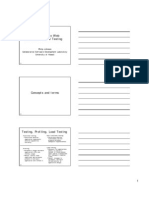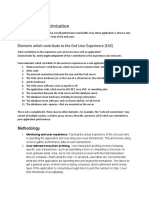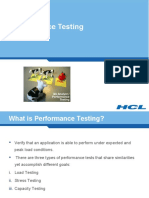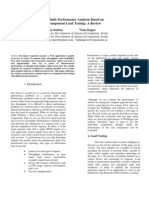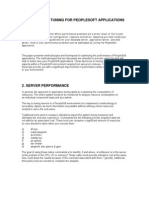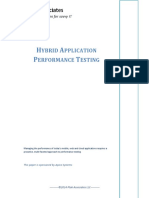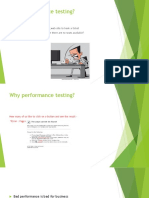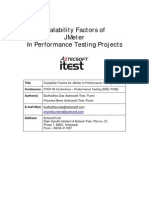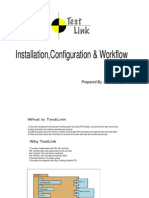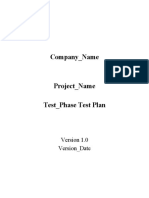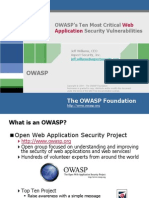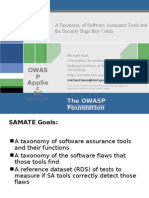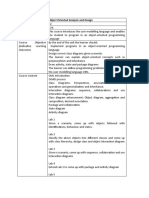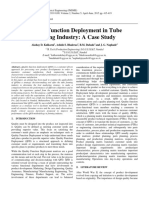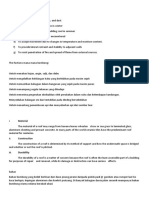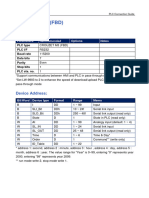0% found this document useful (0 votes)
102 views30 pagesOptimizing Web20 App Performance
The document discusses the challenges of optimizing performance for rich Web 2.0 applications from a real user perspective. Traditional performance monitoring tools generate a lot of data but do not provide actionable insights into why applications are slow or which users are affected. The complexity of modern applications makes it difficult to calculate response times based on technical factors alone. To effectively manage performance, a holistic approach is needed that monitors applications from the real user's point of view and provides insights into how performance impacts the business.
Uploaded by
neovik82Copyright
© Attribution Non-Commercial (BY-NC)
We take content rights seriously. If you suspect this is your content, claim it here.
Available Formats
Download as PDF, TXT or read online on Scribd
0% found this document useful (0 votes)
102 views30 pagesOptimizing Web20 App Performance
The document discusses the challenges of optimizing performance for rich Web 2.0 applications from a real user perspective. Traditional performance monitoring tools generate a lot of data but do not provide actionable insights into why applications are slow or which users are affected. The complexity of modern applications makes it difficult to calculate response times based on technical factors alone. To effectively manage performance, a holistic approach is needed that monitors applications from the real user's point of view and provides insights into how performance impacts the business.
Uploaded by
neovik82Copyright
© Attribution Non-Commercial (BY-NC)
We take content rights seriously. If you suspect this is your content, claim it here.
Available Formats
Download as PDF, TXT or read online on Scribd
/ 30




